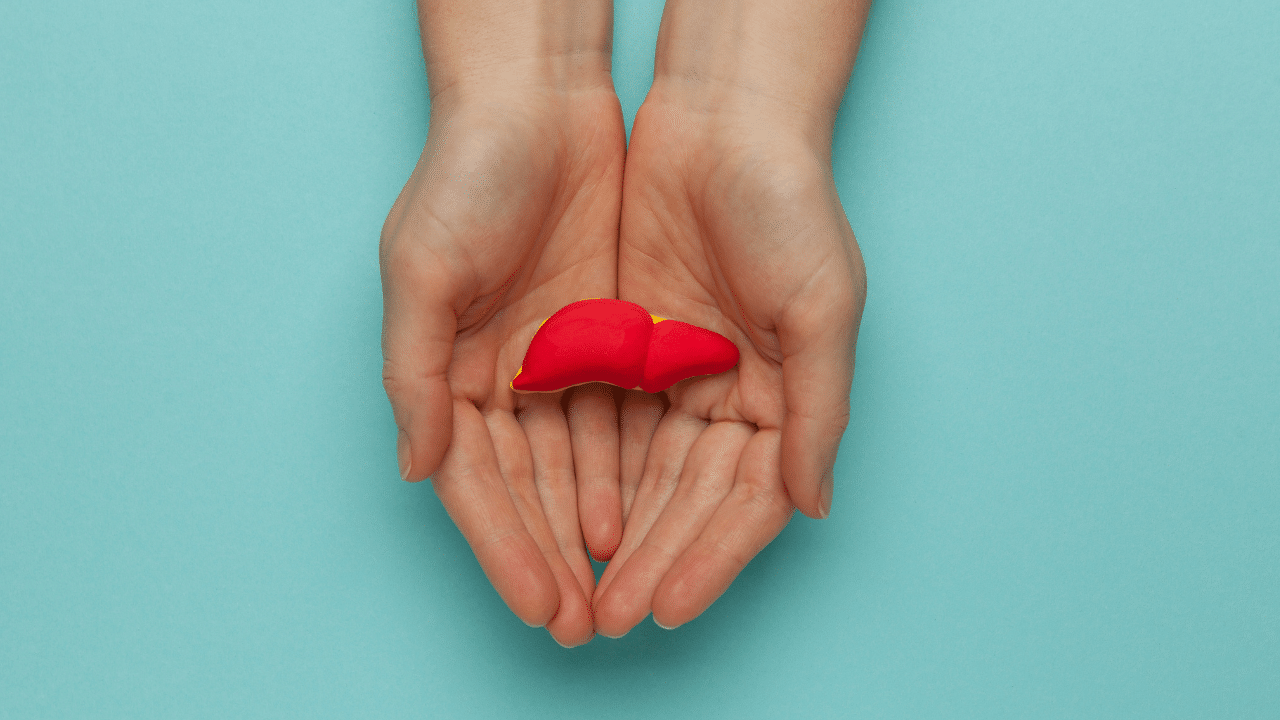
Teddy’s First Day At School: Could a tiny bear help your child face big school nerves?
Teddy’s First Day At School: How to Use Homeopathy and

If you’ve been in practice for any length of time, you’ll know this pattern well: a new patient arrives, bringing with them years, sometimes decades, of pharmaceutical history. Statins for cholesterol, SSRIs for mood, PPIs for reflux, antibiotics for this and that, and perhaps an antihistamine or sleeping tablet thrown in for good measure.

Homeopath and CHE Community Manager
And then they tell you: “I’ve tried everything, and nothing works anymore.” What they often don’t realise, but what we must be attuned to, is that their liver has been carrying the burden of this chemical layering for years. While conventional tests may come back ‘normal,’ function and vitality often tell a different story.
We tend to think of the liver as an organ of detoxification, which it is. But in homeopathic terms, it’s also a kind of energetic filter; a place where unresolved suppression and toxicity can silently accumulate. Drug-Induced Liver Injury (DILI) is usually discussed in acute, hospital-based terms.
But in chronic homeopathic cases, we often see a subtler picture: a liver that’s overburdened and under-functioning, not quite pathological, but certainly not thriving. And it matters; because when the liver is compromised, the whole case can stall.
The temptation with cases like this is to jump straight into a detox protocol. But the homeopathic approach is subtler, more tailored.
We’re not just looking to flush the liver; we’re looking to restore its health, clear the obstacles to cure, and support the organism’s direction of healing. Here are some remedies that have proved invaluable in addressing DILI and related states:
Aceticum acidum
Think of this when the patient is deeply exhausted, with marked fluid retention, emaciation, and collapse. There may be drenching night sweats, extreme prostration, and a pale, waxy appearance. Often seen after long-term drug use that’s left the patient depleted, both physically and emotionally.
Antimonium tartaricum
Useful when hepatic sluggishness is accompanied by rattling catarrh, loose lungs, or abdominal distension. Patients often feel dull and indifferent, with little vitality to eliminate waste. A history of suppressive medication, especially for chest conditions, can lead you here.
Bryonia alba
The liver feels congested, enlarged, and sore. The patient is irritable, worse for any movement, and craves solitude. Bryonia often suits those whose liver symptoms follow long-term use of anti-inflammatories or hormonal drugs, particularly when constipation and dry mucous membranes are also present.
Calcarea arsenicosa
One to consider in degenerative or metabolic liver conditions; fatty liver, insulin resistance, drug-induced dysregulation. The patient is chilly, anxious, and easily overwhelmed. There’s often a fear that something is seriously wrong, though they may not express it openly.
China officinalis
A key remedy when weakness and bloating follow long-term blood or fluid loss, or long-term pharmaceutical use that’s drained vitality. The abdomen is distended, gassy, and sensitive to touch. Emotions are blunted, yet the nervous system feels frazzled. There’s a kind of empty burnout here.
Lachesis mutus
Lachesis often appears in cases where suppression has driven symptoms inward. It’s especially useful when hormonal medications (HRT, contraceptives, antidepressants) have preceded liver symptoms. The patient may feel irritable, suspicious, congested, and worse after sleep. The liver region may be tender, with bloating and a tendency to “explode” emotionally.
Mercurius solubilis
Toxicity is the key word here. This remedy suits patients with a long drug history and signs of systemic burden: offensive discharges, night sweats, tremors, and poor regulation of heat. The tongue is often flabby, with imprint marks, and the patient may be oversensitive to both heat and cold.
Podophyllum peltatum
Excellent in liver cases involving the gut, particularly with diarrhoea that’s offensive, gushing, and painless. The liver may feel heavy, with a history of laxative use or antibiotics. Look for weakness, prolapse tendencies, and gurgling in the abdomen.
Drug suppression rarely exists in isolation. It often interacts with a miasmatic landscape that includes sycosis (accumulation, overgrowth, stagnation) or syphilis (destruction, degeneration).
Ask yourself:
Drug-induced liver injury isn’t always acute. In many of our chronic cases, it sits quietly in the background, muddying the case, dulling the vitality, and slowing progress.
If we can begin to recognise its subtler forms, not just in lab values but in energy, expression, and history, we unlock a deeper layer of case understanding. We stop pushing at the symptom and start listening to the organ. And from there, real healing becomes possible.
Disclaimer
The content shared here is intended for informational purposes only and should not be considered a replacement for professional medical advice, diagnosis, or treatment from a qualified and licensed healthcare provider. The views and opinions expressed in this presentation are those of the presenter and do not necessarily represent those of CHE or any affiliated organizations.

Teddy’s First Day At School: How to Use Homeopathy and

Simple Calming Techniques for Children Facing School Anxiety Starting a

Are the Miasms Evolving? Reimagining Psora, Sycosis, and Syphilis in